Queen Maria, one of the most powerful female figures in national history, is considered "a gift from heaven" sent to the Romanians, for she loved the Romanian people unconditionally and defended it at the cost of huge sacrifices.
Maria Alexandra Victoria, who was to become the first queen of Greater Romania, was born on October 29, 1875, in Eastwell Park, Ashford, Kent, England, as the second child of Duke Alfred de Saxa - Coburg - Gotha, the second son of Queen Victoria of Great Britain, and of Grand Duchess Maria Alexandrovna Romanova, the only daughter of Tsar Alexander II of Russia.
"The political-diplomatic game of Europe at the end of the 19th century will catch her in its nets and, lured by the mirage of a marriage with the crown prince of Romania, a young man of German origin with kind eyes and erudite language, she will accept to leave the Great British Empire to come to Romania, a small country, located somewhere at the Gates of the Orient. Arriving in her new homeland, Maria had to be known by all the inhabitants of Romania, in order to become the guarantor of the Romanian dynasty's heredity. Her arrival as the crown princess was perceived as a respite by the Romanian people, who saw in their king an ideal of power, steadfastness and devotion to the country," Costin-Mihai Dumitru, PhD, art historian working at the Peles National Museum told AGERPRES.
"When the couple Ferdinand and Maria arrived in Bucharest, they were welcomed by the local officials with the greeting: 'Welcome, bride, chosen by God for the honourable homeland!' From that moment on, Maria played maybe the most important role both in the Royal Family, being the one who could turn the dream of the Romanians into reality by giving birth to a heir, and especially in the public life, where she campaigned for the acceptance of women in society and for the unification of the country with which, as she said every time, 'God blessed her.' From the very first moments of her 'journey' of 45 years in Romania, Maria was perceived as a divine gift, which transformed her into a true legend," says Costin-Mihai Dumitru, PhD.
"Far from her country of origin, Maria always tried to reinvent herself, to vibrate in unison with her new homeland. A free spirit, full of courage and femininity, in total disagreement with King Carol I, whose Apollonian character almost destroyed the sacredness of beauty, the princess will find her solace and peace in painting," explains the art historian.
"She looked for beauty in everything and she would always find it, with flowers always awakening her senses, the 'tall lily of the Mother of God' was the flower that always inspired her, the flower whose beauty she thought was perfect, for this flower was noble, towering, even sacred, reminding her of religious paintings. She always wondered what beauty was and never found the answer she was looking for, but she knew at least that it was that something something that always lifted her spirit. (...) Her love of colour and an innate sense of line were of great help to her, her painting was always original, also due to her undeniable sense of colour she had, while her imagination she had been gifted since childhood helped her during her hardest times to create beautiful images from the lines and strokes full of vivid colour, where she took refuge whenever she needed to reconnect with herself. In time, Maria became the patron of modern arts. Thus, she helped with the foundation of the Artistic Youth Society (December 3, 1901), which was like another statement that she believed in beauty, in aesthetics. While she was isolated as in a golden cage in the wonderful castles built by the first sovereign of Romania, the young princess tried to find freedom in art; if Schiller said that 'Art is the daughter of freedom,' Maria would have said that art is freedom itself, the gift that God offers to people to be able to discover His creation. This portrait of Maria tries to reveal the spirit and thinking of the one who was going to write in golden letters the destiny of the country that she had made her own with tears and sighs, a country that had become 'like a religion' for her," says Costin-Mihai Dumitru.
Maria became Queen of Romania once with the accession to the throne of Prince Ferdinand, on September 28/October 11, 1914, after the death of King Carol I, at a crucial moment when both the Royal Family and the political class were deeply divided into camps that supported either the neutrality of the country or its involvement in the war, by joining one of the two conflicting alliances.
From the very beginning, Queen Maria was involved in the political life of the country, showing tact, boldness and diplomacy. She discussed with her husband, had initiatives, received ministers and diplomats, participated in festivities and tenaciously supported her viewpoints.
From the beginning, the Queen opposed Romania's participation in the war alongside the Central Powers, supporting the alliance with the Entente countries instead, as she wished for the liberation of the Romanian provinces under the control of the Austro-Hungarian Empire and the creation of the greater Romanian national state.
"She became a true Romanian day by day, she loved the Romanians, and the Romanians started to love her more and more, they began to perceive her as one of their own. Then came the dark times of the First World War, a giant fire that consumed the entire world; in these very turbulent times, Maria ascended on the throne of the country with her august husband, for the next thirteen years. Understanding from the moment of the outbreak of the first world conflagration that in the depths of the soul of every Romanian there was a single and true sympathy, France, and only one ideal, Transylvania, Maria will intervene with King Ferdinand, managing to tilt the balance in favour of the Central Powers, a bloc of which the king's home country was a part, declaring war on Austria-Hungary and implicitly on Germany. As a result of this decision, King Ferdinand will be erased from the Book of Honour of the Hohenzollern family and, more than that, he will even be excommunicated by the Primate of the Catholic Church. The Queen relied on the "unofficial" relations she had with her cousins, the King of England and the Emperor of Russia, but above all on her unwavering trust in England and the fulfillment of the national ideal of the union of all Romanians," said Costin-Mihai Dumitru, PhD.
Showing much courage and strength during the First World War, Queen Maria worked directly on the front, in field hospitals, and coordinated the activity of a charity foundation, so that she was popularly called "mother of the wounded" and "queen soldier."
"Few queens have seen such sights, and walked in such places filled with so much hideous and unimaginable misery; though not easily frightened, in retrospect, Maria will conclude that it was a time of fantastic misery, a time when all looked upon her as their last hope, and the strength that kept her from falling into despair was the fact that all the soldiers were looking for her, all the time, calling her 'Our Mother.' Even the sickest ones or those who were delirious seemed to recognize her when she was struggling to find her way among the corpses towards those who with their last strength were raising their hands to her," said the art historian from the Peles National Museum.
In October-November, 1926, Queen Maria made a series of official visits to Western Europe, but also a triumphal tour in the United States of America. In New York, she met the mayor of the city; in Washington, she had a discussion with President Coolidge, who offered a dinner in her honour. The tour was interrupted by King Ferdinand's deteriorating health.
The Queen was removed from the political life of the country by her son, Carol, who took over the throne by dethroning King Mihai, who was under a Regency. Moreover, Carol II established Queen Maria's residence in the town of Balchik, in the Cadrilater, where she had built a villa, a garden arranged in English style, and a small church - "Stella Maris."
Queen Maria's health worsened in 1938, and she was hospitalized in a clinic in Dresden. The treatment did not work and, learning that her end was near, she decided to return to the country, arriving in Sinaia on July 17, 1938.
A day later, she died, at the Pelisor Castle, at the age of 62, after a terrible suffering.
"Maria, the angel sent to the Romanians, must be seen as the woman who loved unconditionally and defended, at the cost of huge sacrifices, the destinies of the people that God had given her as a gift. In her moral testament 'Letter to my Country and My People,' Maria conveyed a very touching to the people with whom she identified herself: 'From now on I will not be able to send you any more signs, but above all, remember, my People, that I loved you and that I bless you with my last breath!'," said Costin-Mihai Dumitru.
The last wish of Queen Maria was for her heart to rest in the chapel in Balchik especially intended for this purpose, but the geopolitical realities made that, starting in 1940, just two years after the sovereign's death, this was no longer possible. A temporary solution was to keep it in Bran, but the chapel there was desecrated during the communist period. The heart was then transferred to the National History Museum.
"In the given situation, in which Balcic was outside the national territory, His Majesty the King decided that, for an indefinite period, the place of his grandmother's Heart should be in the Golden Hall [of the Pelisor Castle - editor's note], where the sovereign died," the Royal House transmitted in 2015.
Thus, on November 3, 2015, Queen Maria's heart was placed in the Golden Hall of the Pelisor Castle, where it still rests today.
HISTORIC WOMEN/Queen Maria, an angel sent to this country, who unconditionally loved the Romanian people
Articole Similare

12
As many as 6,995 available jobs in Bucharest, between December 24 - 31, 2025
12
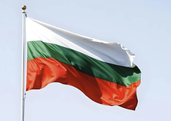
15
MAE/Travel warning: Bulgaria, temporary restriction of traffic of vehicles over 12 tons between December 24 and January 4
15
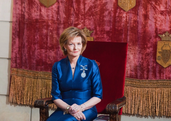
22
HM Margareta: I have confidence in the Romanian nation and its strength to move forward
22

12
National Institute of Public Health announces first death due to flu: 88-year-old woman from Cluj
12
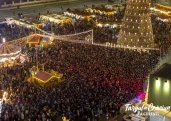
18
'Silent Night' - extraordinary concert on Christmas Eve, in Constitution Square
18

19
CSM sends partial results of questionnaire regarding justice to President, Government and Justice Ministry
19

14
Euro trades at 5.0890 RON
14

17
Romanian-Turkish consortium to supervise works on Section 1C Sarateni-Joseni of Unirii Motorway
17

11
Health Ministry: Increased flu activity reported; recommendations for prevention and limiting illness
11
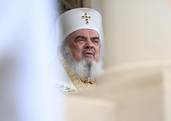
18
Patriarch Daniel sends Christmas letter to His Holiness Bartholomew: We wish you to stay in good health
18
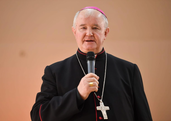
12
Archbishop-Metropolitan Aurel Perca - Christmas Pastoral: World without God sinks into darkness, confusion, selfishness
12
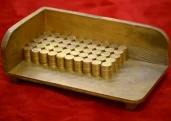
9
National Bank launches gold coin dedicated to The Votive Plaques from Germiasa
9

48
Government approves Romania's 32.5 million euro outstanding contribution to ESA optional programmes
48

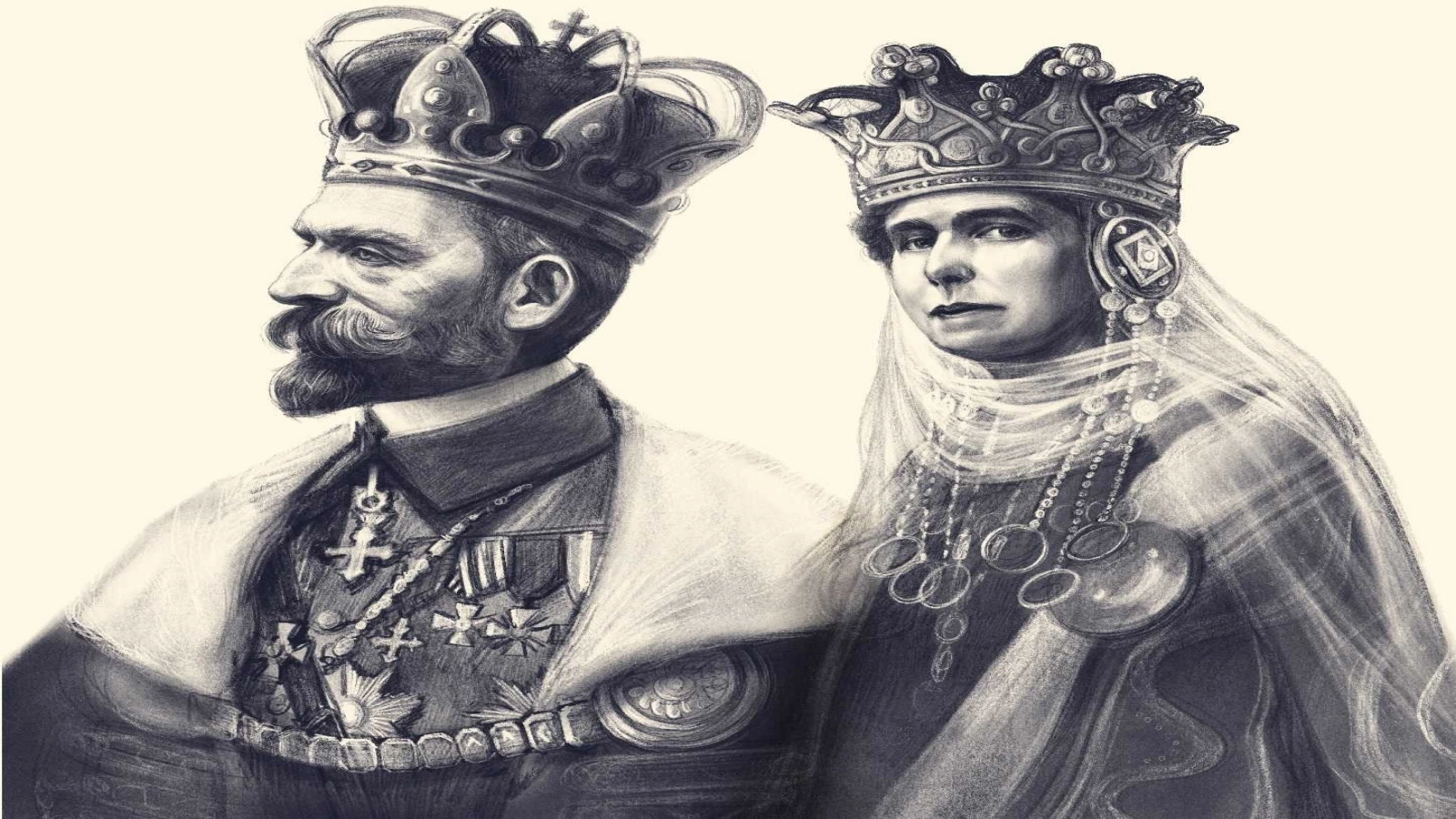









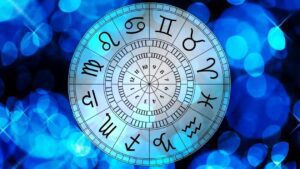







Comentează